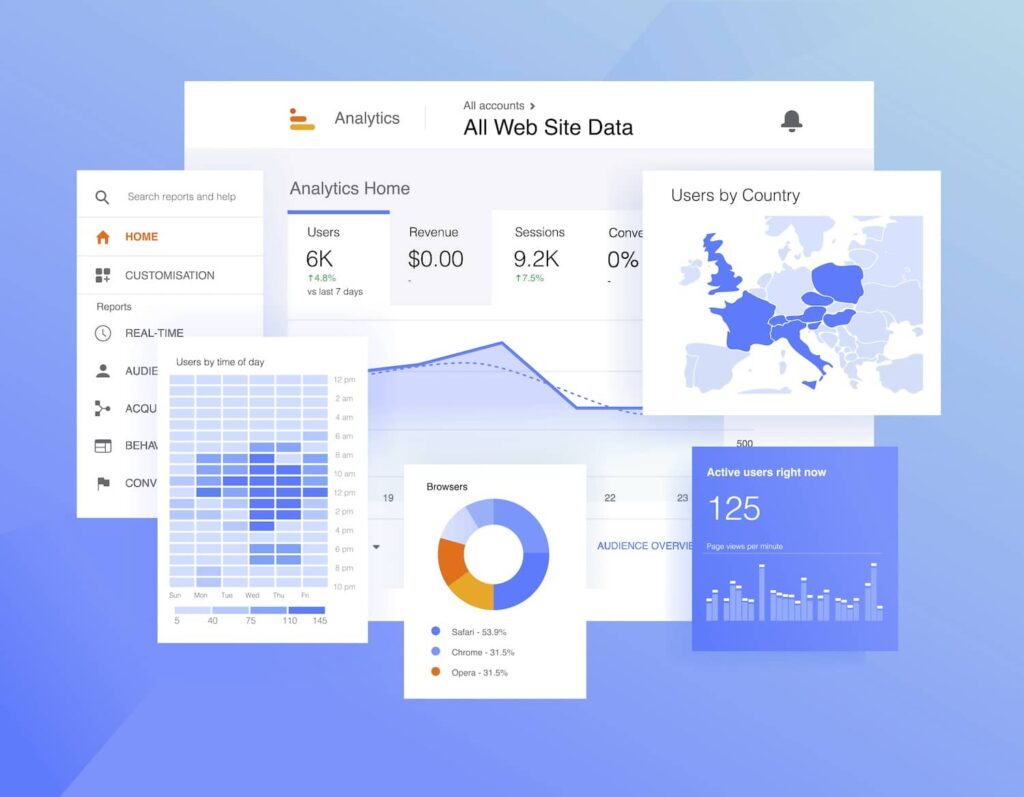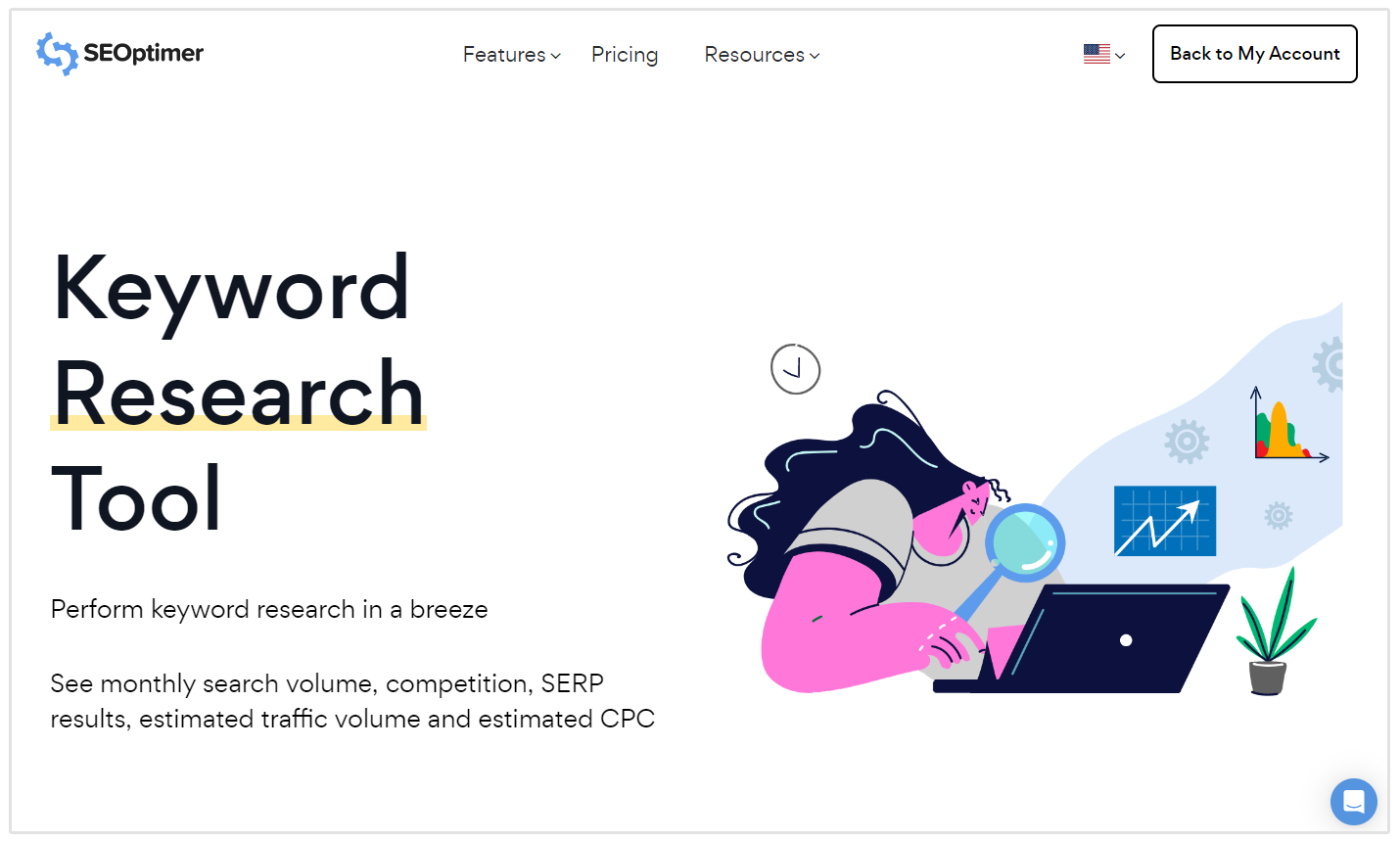Understanding Secondary Dimensions in Google Analytics: Their Value and Effective Use
Understanding Secondary Dimensions in Google Analytics: Their Value and Effective Use
Blog Article
Introducing the Impact of Secondary Dimension in Google Analytics on Data Analysis and Insights
In the realm of data analytics, the usage of second measurements within Google Analytics has actually arised as a crucial tool for removing much deeper insights and unraveling complicated patterns that could or else stay obscured. By peeling back the layers of key information sets, additional measurements supply a nuanced perspective that improves the understanding of individual behavior, website efficiency, and the effectiveness of marketing methods.
Exploring the Principle of Additional Measurements
Additional dimensions in Google Analytics offer additional insights by permitting customers to evaluate key information in conjunction with an additional attribute. By integrating secondary measurements, individuals can dig much deeper right into the information and discover valuable connections that might or else go undetected - what is a secondary dimension in google analytics.
By discovering the numerous secondary dimensions available in Google Analytics, users can open new insights and optimize their digital marketing efforts. In significance, additional measurements serve as a powerful device for improving information evaluation and driving actionable results.
Enhancing Data Interpretation With Additional Measurements
Having actually established the fundamental understanding of secondary dimensions in Google Analytics and their essential role in information evaluation, the emphasis now changes in the direction of leveraging these additional features to enhance the interpretation of analytics information (what is a secondary dimension in google analytics). By incorporating secondary measurements right into data evaluation, analysts can get deeper insights right into user actions, website performance, and advertising effectiveness

In addition, secondary measurements assist in contextualizing main data metrics by offering extra layers of details. This contextualization help in understanding the 'why' behind the information trends, assisting analysts make informed optimizations and choices to boost total performance. Ultimately, incorporating secondary measurements improves the information analysis process, bring about more critical activities and purposeful understandings.
Revealing Hidden Insights Through Additional Dimensions
Checking out the midsts of analytics data with second dimensions reveals valuable understandings that would or else stay obscured. By integrating second measurements in Google Analytics, businesses can discover covert patterns, trends, and correlations that supply an even more detailed understanding of individual behavior and internet site performance. These additional layers of data enable analysts to dive much deeper into the primary measurements, such as web traffic resources or landing pages, and acquire a more nuanced point of view on just how various variables engage with each other.
Through the usage of second dimensions, experts can segment and contrast information throughout numerous measurements, allowing them to identify specific aspects that affect user interaction, conversion rates, and overall success metrics. By pairing the primary measurement of 'gadget group' with the secondary dimension of Get More Info 'age team,' marketing experts can identify which age demographics choose accessing the internet site via mobile devices versus desktop computers.
Leveraging Secondary Measurements for Actionable Analytics
Building upon the insights introduced via second dimensions in Google Analytics, services can currently harness this enriched data landscape to drive actionable analytics and calculated decision-making. By leveraging secondary dimensions, organizations can delve much deeper into their information to extract useful patterns, patterns, and relationships that may have formerly gone undetected. This deeper level of analysis allows organizations to acquire an extra extensive understanding of user habits, project efficiency, and general site performance.
One secret advantage of making use of additional measurements for actionable analytics is the ability to section information based on specific requirements. This division allows services to tailor their methods and campaigns to different audience groups, leading to more targeted and effective advertising efforts - what is a secondary dimension in google analytics. Additionally, additional measurements supply an even more all natural view of customer interactions, making it possible for services to enhance their internet site content, layout, and overall individual experience
Optimizing Decision-Making With Secondary Dimensions
To boost critical decision-making in analytics, leveraging second measurements in Google Analytics can provide a much more nuanced perspective on customer actions and campaign performance. By integrating secondary dimensions right into data analysis, services can dig much deeper right into the specifics of their internet site site visitors' communications and involvement patterns. This additional layer of info allows for a much more detailed understanding of just how different variables, such as demographics, devices, or traffic resources, effect crucial performance signs.

Final Thought
To conclude, this link using second dimensions in Google Analytics plays a critical function in boosting data analysis and uncovering covert insights. By discovering this idea, one can obtain a much deeper understanding of individual behavior and make informed choices based upon workable analytics. Leveraging additional measurements enables a more detailed analysis of information and makes best use of the effectiveness of decision-making procedures.

Report this page